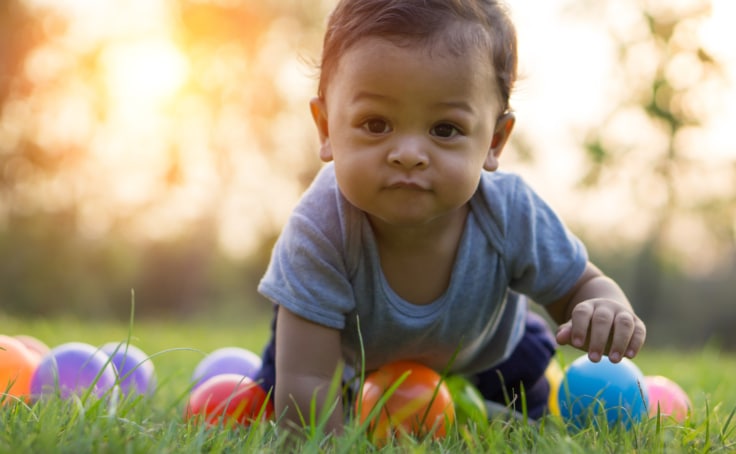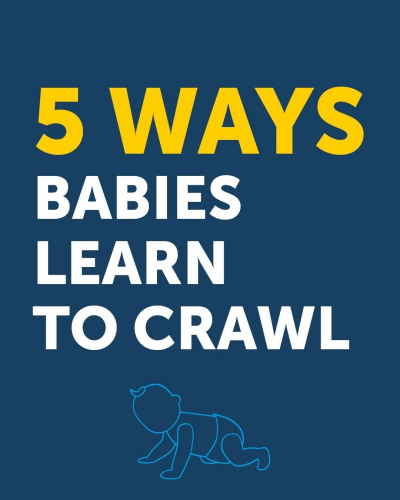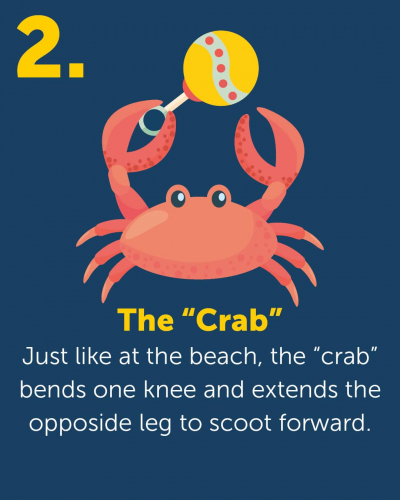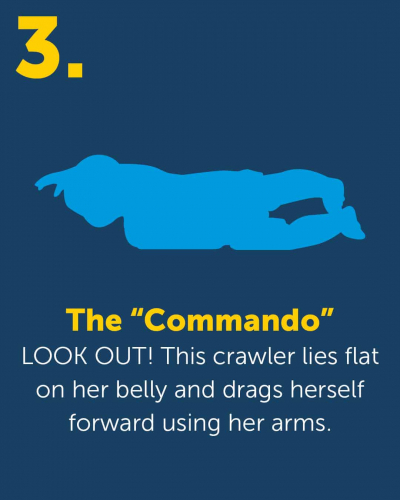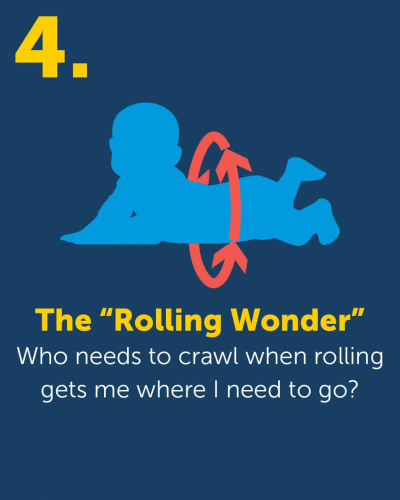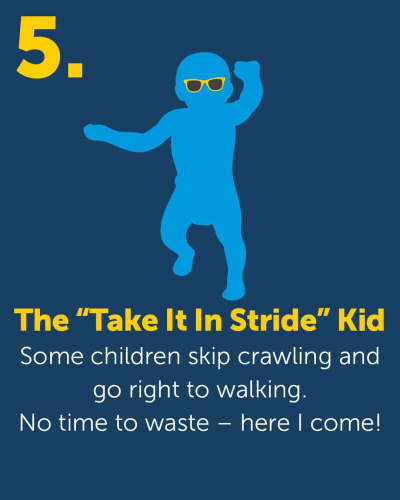To support your baby’s development while learning to crawl, give them plenty of time on firm, safe surfaces like the floor, and let them go barefoot to help strengthen their foot muscles. Encourage tummy time and place toys just out of reach to motivate movement, while ensuring a child-proofed space for safe exploration. Avoid baby walkers and excessive time in seats, and don’t rush crawling — let your baby build skills at their own pace.
A busy toddler will take more than 9,000 steps and travel the distance of more than 29 football fields—every day!

